Unfortunately, nobody took much notice of this form, native to Europe, which was scarcely covered, if at all, in European field guides. Ironically, Siberian Chiffchaff, a non-breeding vagrant to Europe enjoyed much fuller treatment. The excellent "MacMillan Guide to Bird Identification" (1989) hardly mentions it saying only that "Chiffchaffs of the Iberian race give an intermediate song" (i.e. between Chiffchaff & Willow Warbler) which was neither helpful nor entirely accurate. The first edition of the "Collins Guide" was hardly much of an improvement adding only details of the call and an unconvincing description of the song.
It wasn't until it began being treated as a distinct species in the early 2000s that Iberian Chiffchaff garnered any attention. . As far as I'm aware, the first attempt to illustrate how the plumage of Iberian birds differed from the nominate race was by Peter Hayman in "The Complete Guide to the Birdlife of Britain & Europe" (2000 & reproduced in the pocket version in 2002). These underrated books depicted two images of this species - one bright & one dull. To my eye the brighter bird looks too much like a Wood Warbler (too green & too yellow) but the duller example is very close to the birds I see in southern Spain. Surprisingly, however, the diagnostic vocalisations were not described. Happily, the second and subsequent editions of the Collins Guide illustrate Iberian Chiffchaff and describe the vocalisations very well. It is also well treated in the WildGuides' "Europe's Birds".
For a resume of the main difference see below. Although the song is usually diagnostic, 'mixed singers' (birds that mix the songs of both taxa) sometimes occur although a 'proper' Iberian Chiffchaff is far more likely in this area. For recordings of the song and call on Xeno-canto - see here.
* Canutos are incised valleys within valley which enjoy a moist sub-climate.
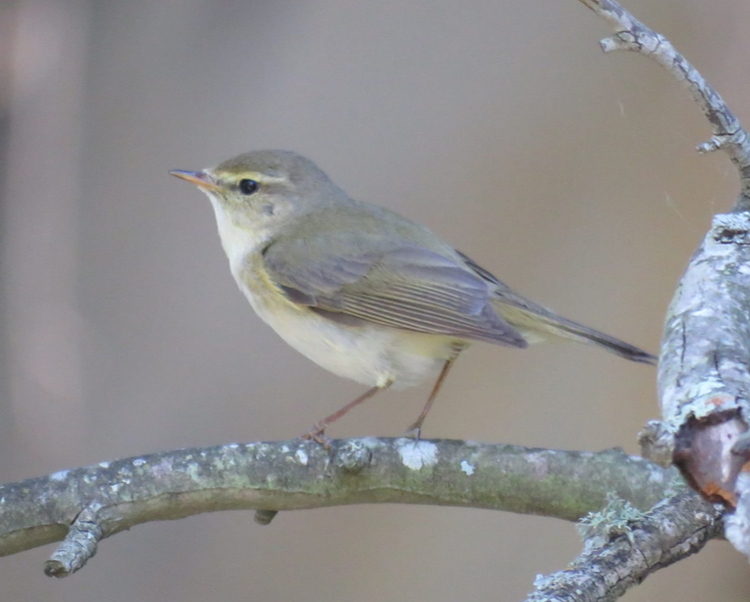
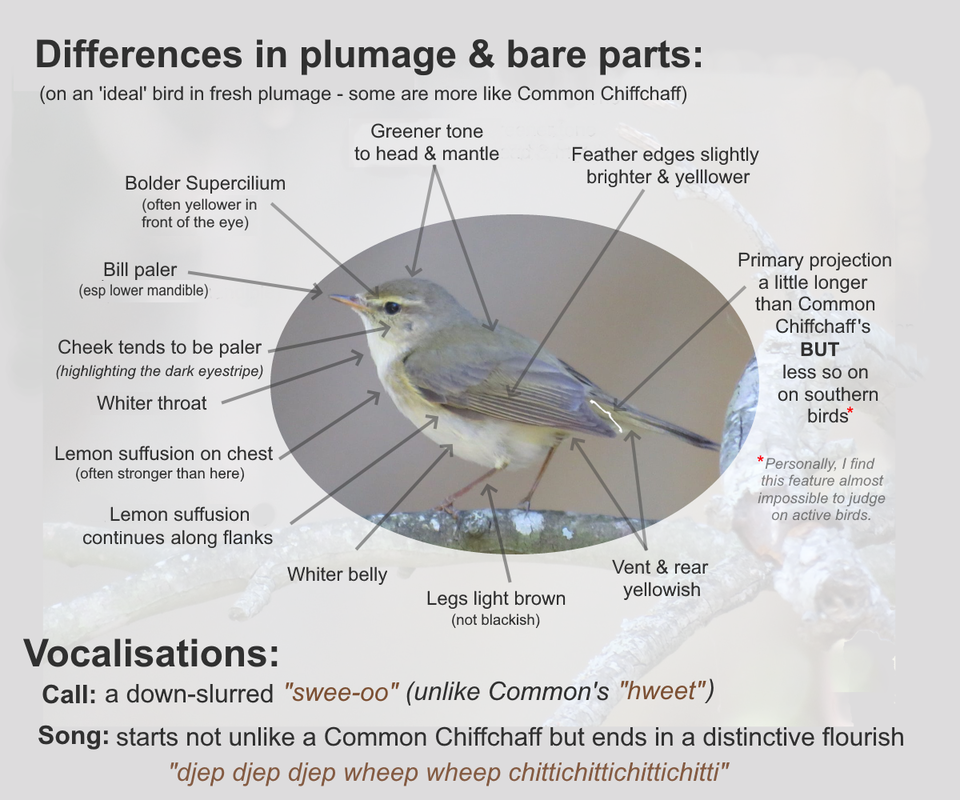
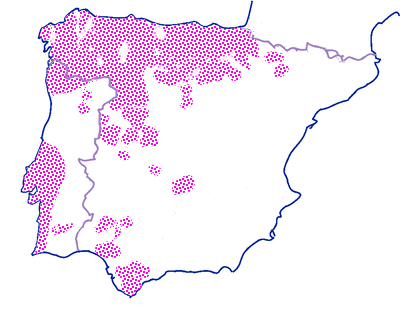
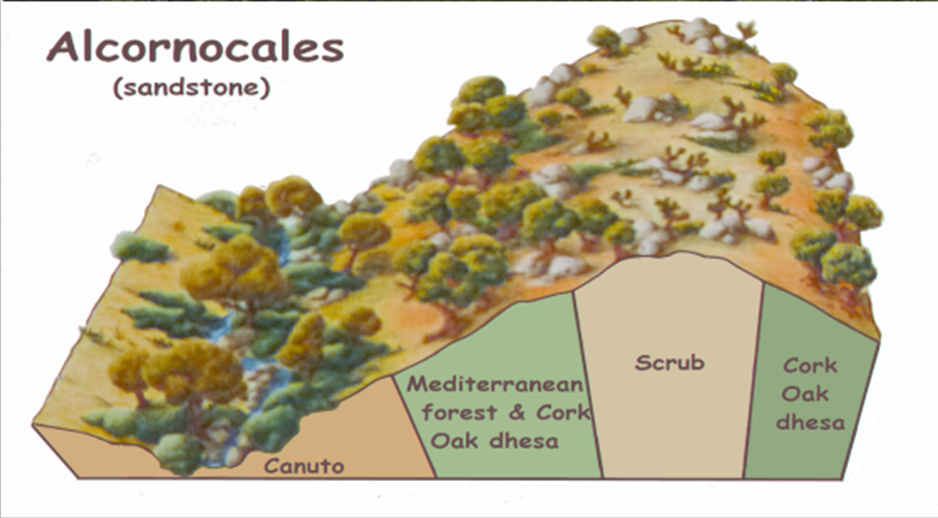
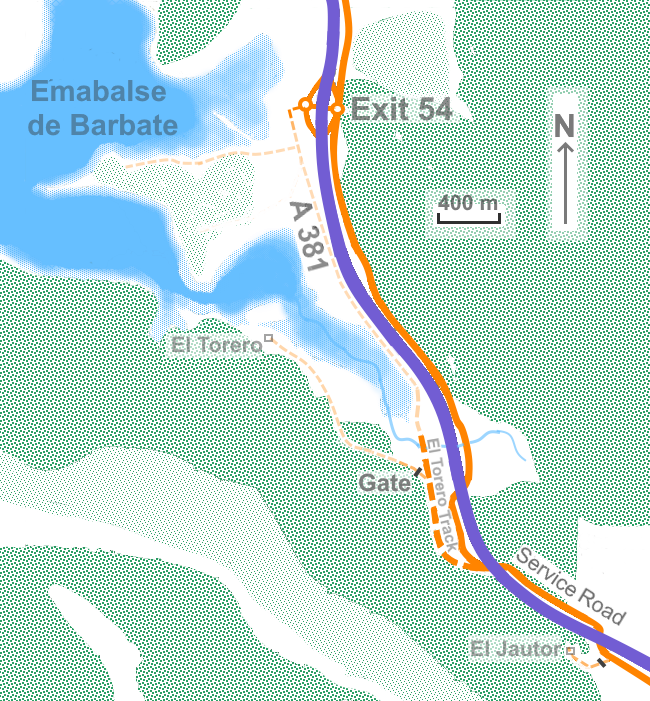
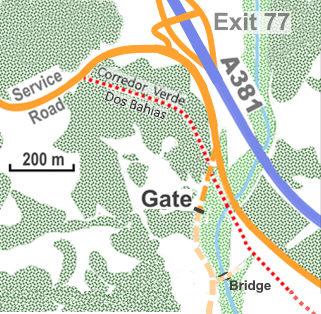
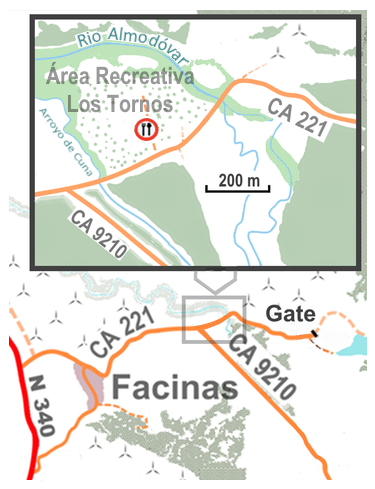
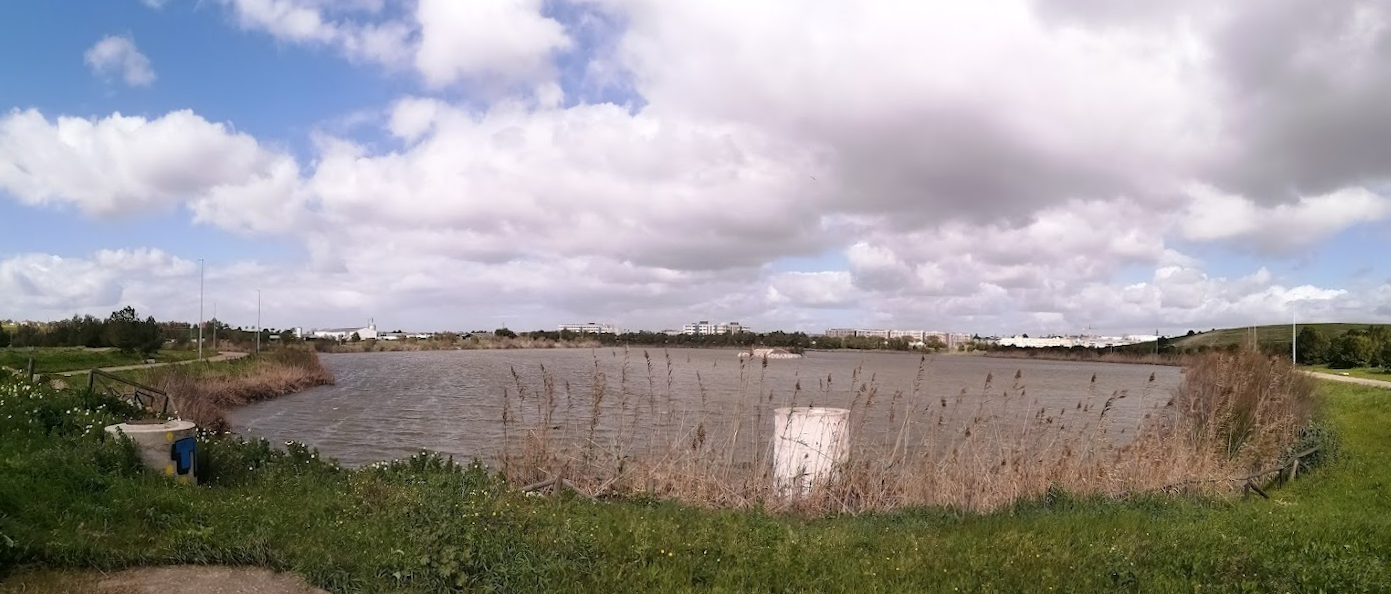
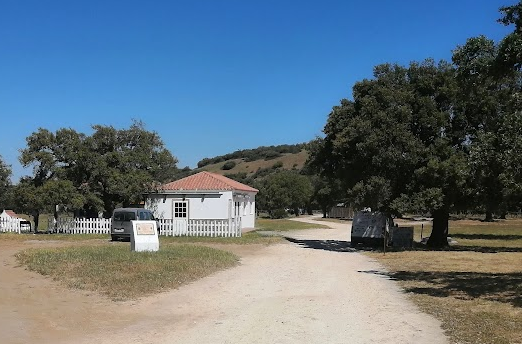
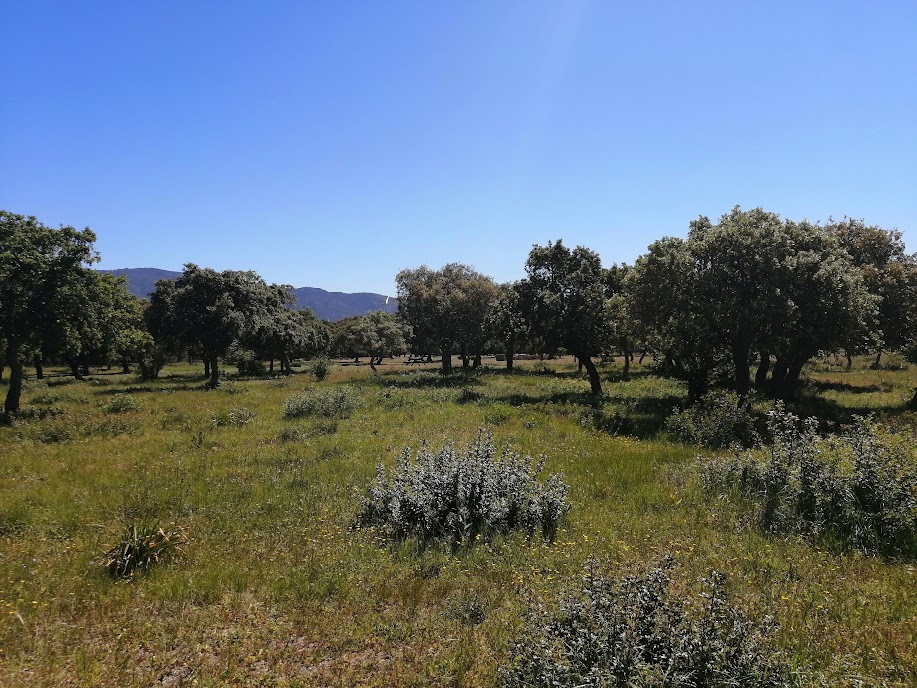
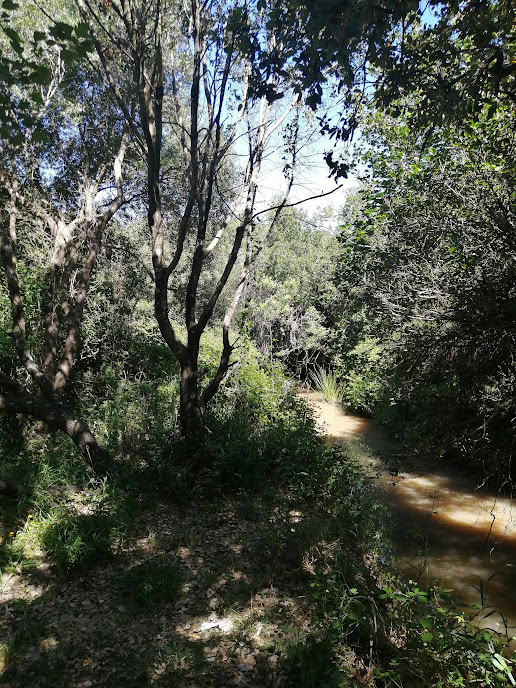
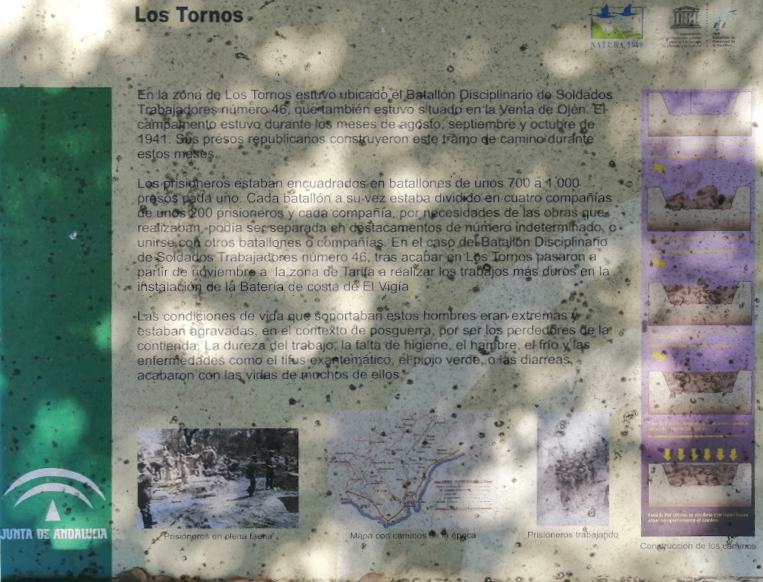
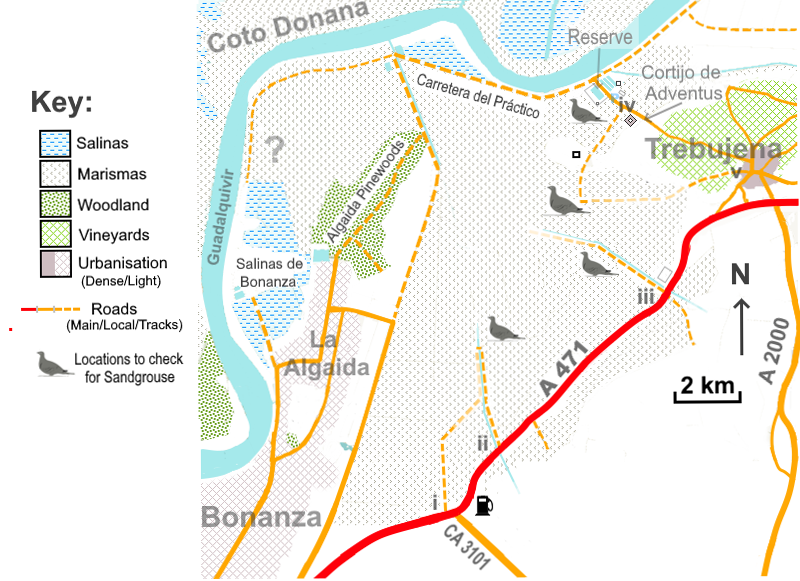
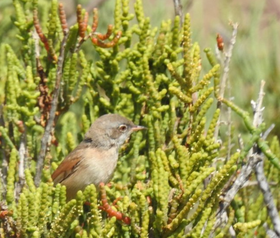
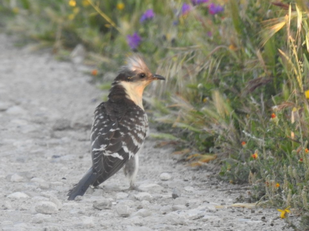
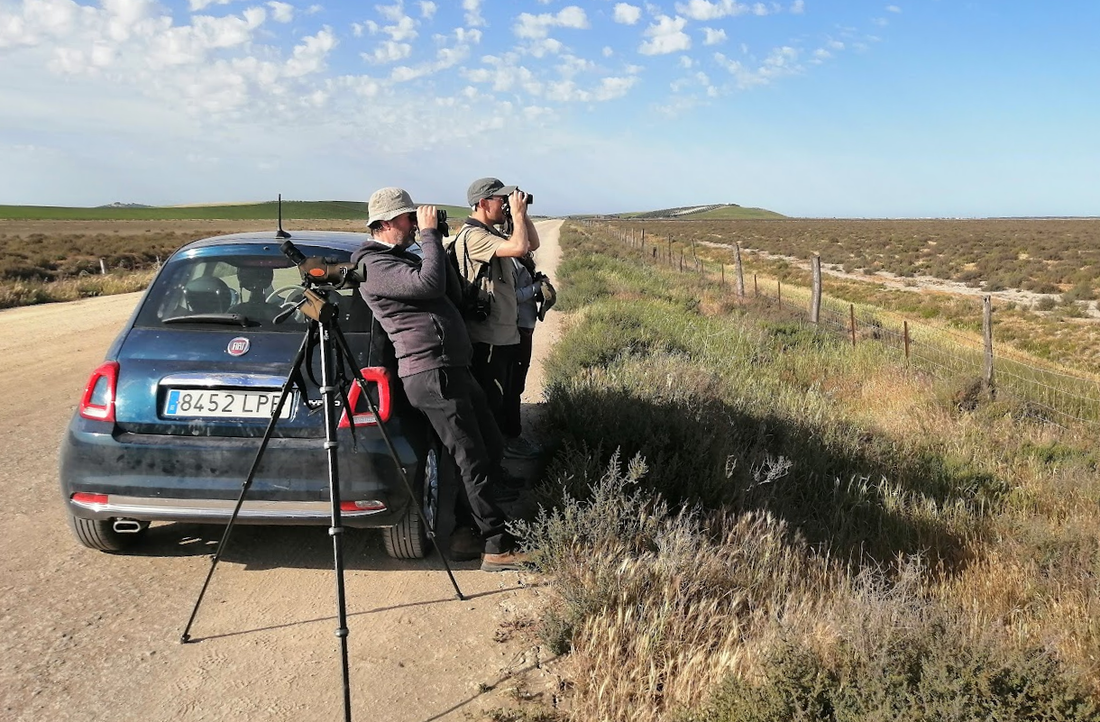
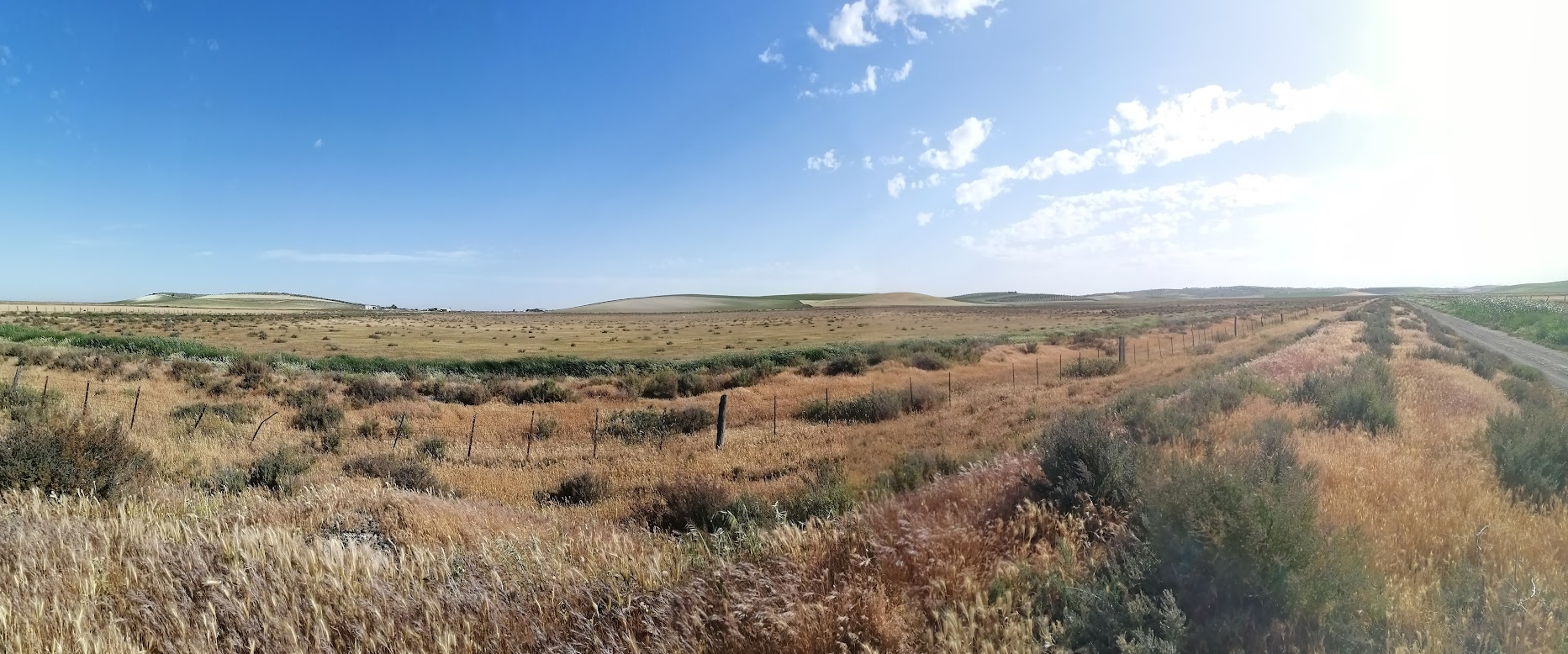
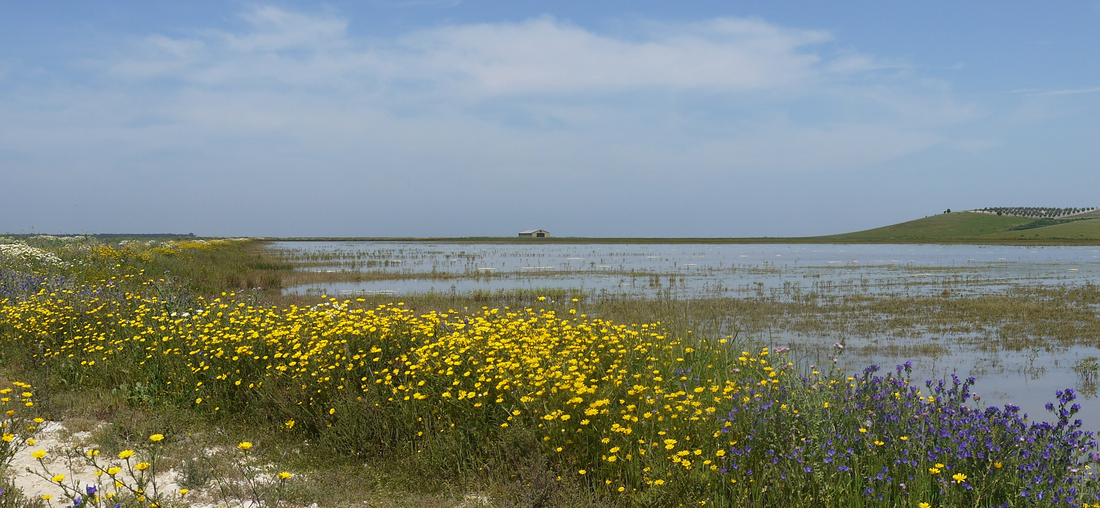
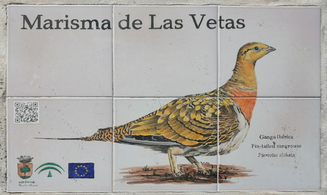
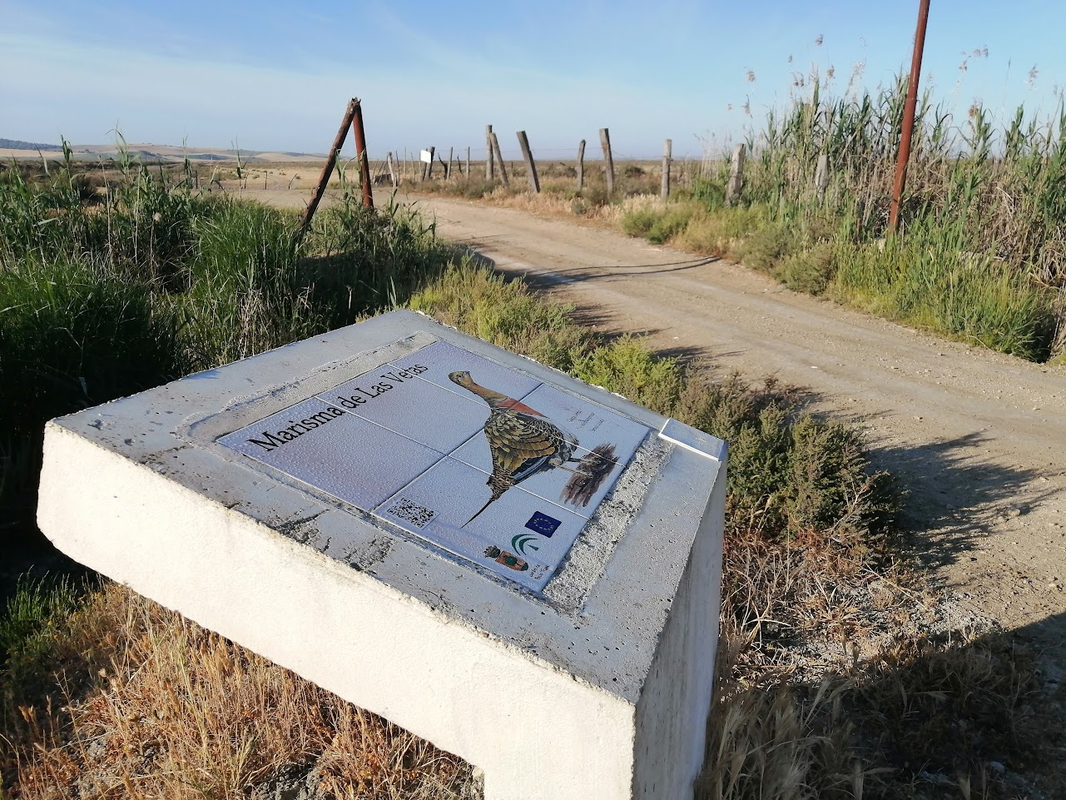

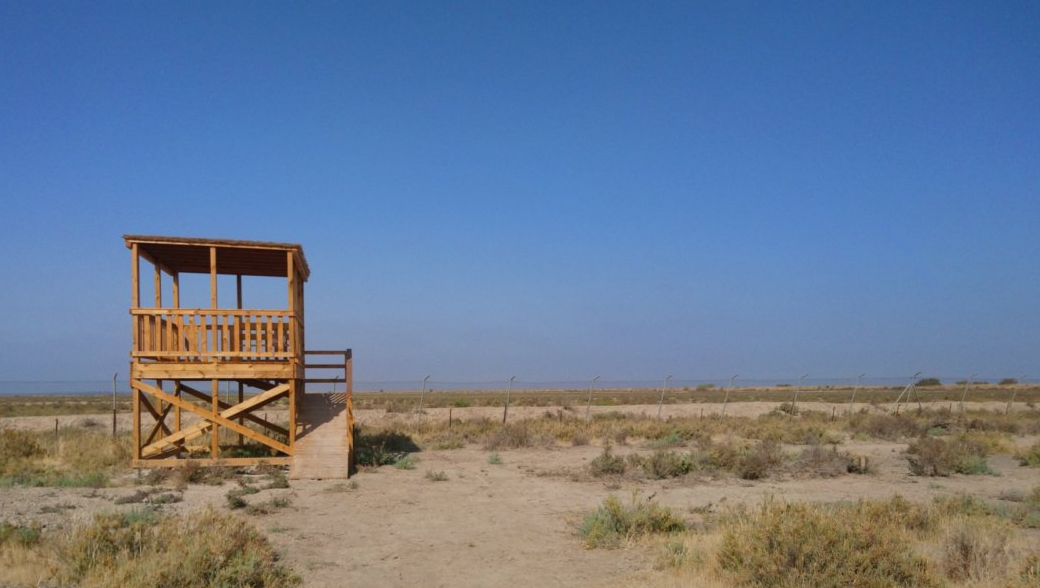
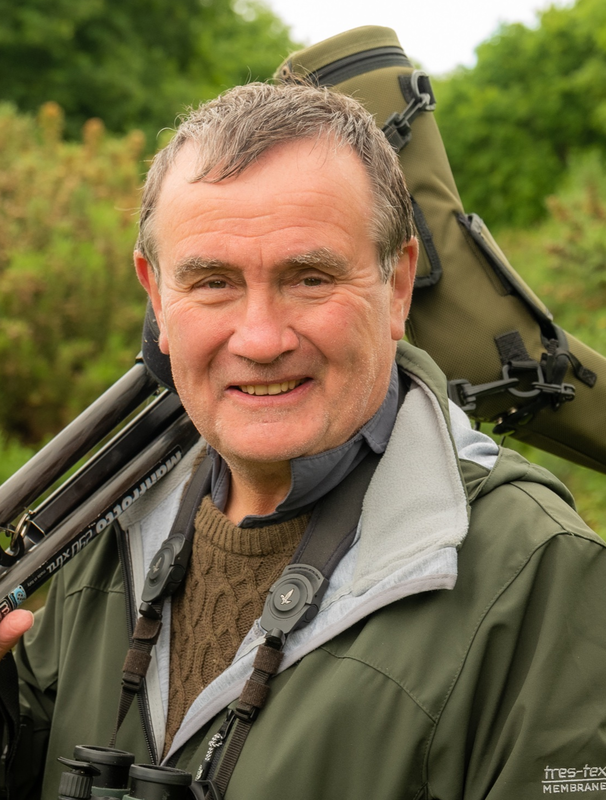
 RSS Feed
RSS Feed
